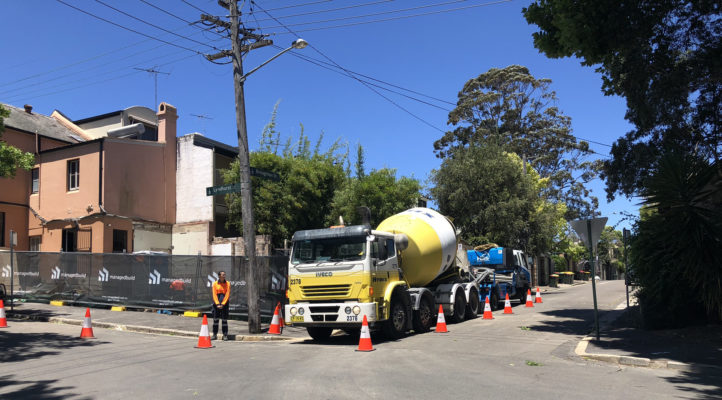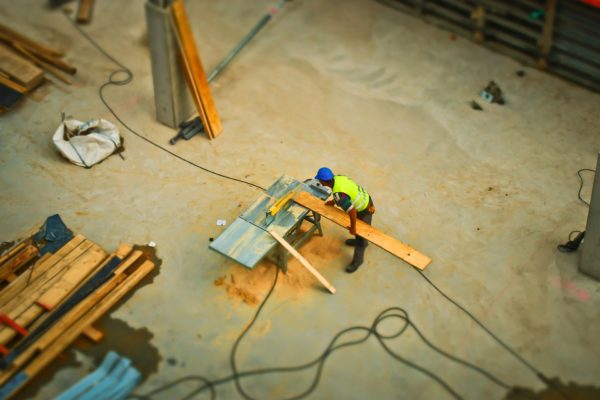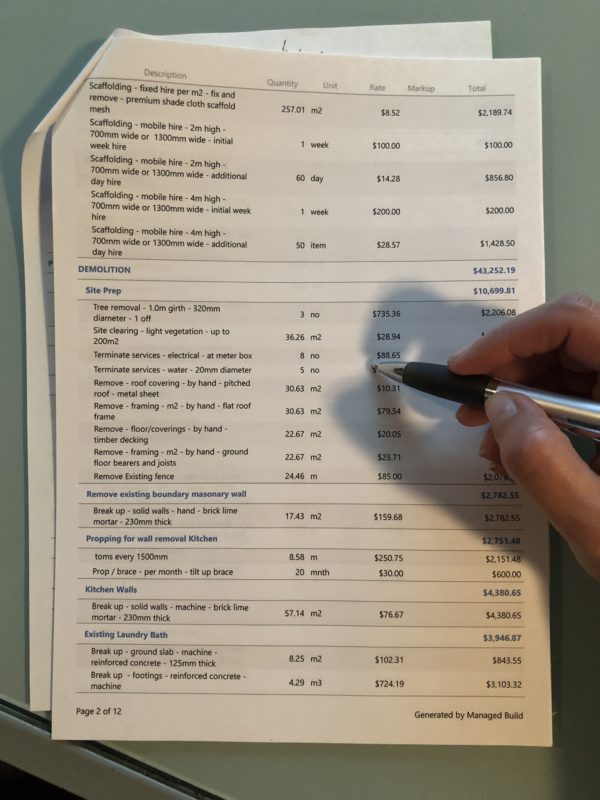Preliminary Services Agreement: Feasibility, Reports, Engineering, Town Planning, Architects, Costs (And More)
Whether you are adding an extension, putting in a pool or building a multi-million-dollar home, a pre-construction services agreement is a must. If you are researching home builders and starting to feel overwhelmed, we understand.
Rather than going to an architect, engineer, contacting your town planner and organising your own soil testing etc, go to a reputable builder who does PCSA’s. They can save you time, money and the worry that you may be missing something.
There is a lot of work that goes into a house before any materials arrive on-site. Here, we keep it simple by sharing what a pre-construction services agreement or contract is and what it can entail.
Looking for a more detailed explanation of pre-construction services agreements? Click here to download our pdf.
Put Simply, What is a Pre-Construction Services Agreement (PCSA)?
A contract between you and your builder for them to obtain information, data, reports, studies, surveys, and quotes for your project. Resources and planning are key elements of the pre-construction process and PCSA’s(*1). Much of the information gained during the pre-construction process will feed directly into your main building contract(*2).
Examples of pre-construction work that may be included in your PCSA:
• Feasibility study.
• Cost Plans.
• Town Planning.
• Architecture and Engineering advice or designs.
• Geotechnical and soil reports.
• Contour survey.
• Identification survey.
Things like identifying water drainage, sewerage, gas, power, and water connections, will also be done during this phase.
You should expect to find all services the builder will carry out listed, in addition to a cost for their time to carry out/organise the tasks of the PCSA.

Finalisation of the Pre-Construction Agreement or Contract
After all tasks in the pre-construction contract are completed, both you and the builder will know exactly:
• What the budget for the project will be. The planning phase is the perfect time to make amendments to the design and other features of your build to ensure it stays under budget.
• The final design of the build and where on the plot of land the structure/s will be built.
• Exactly where utilities will be connected.
• How challenges will be managed. For example, small sites require extra site management planning to ensure access to the property is available, neighbours are not negatively affected, local Council regulations are followed etc.
• The timeline for project completion.
• The equipment that will be required, including and special equipment such as cranes.
• Risks and health and safety obligations and how risks will be reduced.
A well-planned construction project is a successful project.
Why It Is Important to Have a Comprehensive Preliminary Agreement?
A PCSA gives you all the information you need to be sure your project is:
• Viable.
• Achievable.
• Affordable.
• Low risk (anticipated challenges/hurdles are mitigated).
In addition, it is convenient. You only need to go to one person to organise every element of your build.
During the tendering process, you may receive rough estimates from builders for your project or a letter of intent(*3). A letter of intent is a more informal and less comprehensive pre-build process.
If hurdles are not planned for, you could be faced with massive, unexpected costs. However, if these hurdles are planned for, they can be included in the budget and the risks reduced. Even details like which tradesman will be used will be important. Are they experienced and trustworthy? Do they come recommended by the builder? Are they going to keep the site clean and in good order?
Is Your Home Build Covered?
Even things like insurance can be accounted for in a PCSA. Australia’s weather can be somewhat unpredictable. In the event of a weather event, insurance covering damage to materials, machinery and equipment can make or break a project(*4).

Experienced Builders and Pre-Construction Services Agreements
An experienced builder who regularly completes pre-construction services agreements will see to it your project is viable, completed on time and to budget. They will also put your mind at ease because you will know that every detail of your project has been well-planned for(*5).
Scheduling and time management are common issues for construction projects. If your builder is not experienced, elements of the project may be overlooked. This can result in it taking much longer than expected, leaving you with more costs to cover.
Well-built, future-proofed constructions start with a pre-construction services agreement or contract. PCSA’s are Managed Build’s specialty – contact us to arrange your pre-construction services agreement today. WORK WITH US AND With our support, you can choose the right home extensions for your house in Coogee. We would help you select the right products with correct textures and aesthetic features for you home. Our collaborative teamwork will provide an exemplar reflection of your personal taste with quality and perfection
START YOUR DREAM HOME NOW


WORK WITH US AND
START YOUR DREAM HOME NOW
With our support, you can choose the right home extensions for your house in Coogee. We would help you select the right products with correct textures and aesthetic features for you home. Our collaborative teamwork will provide an exemplar reflection of your personal taste with quality and perfection